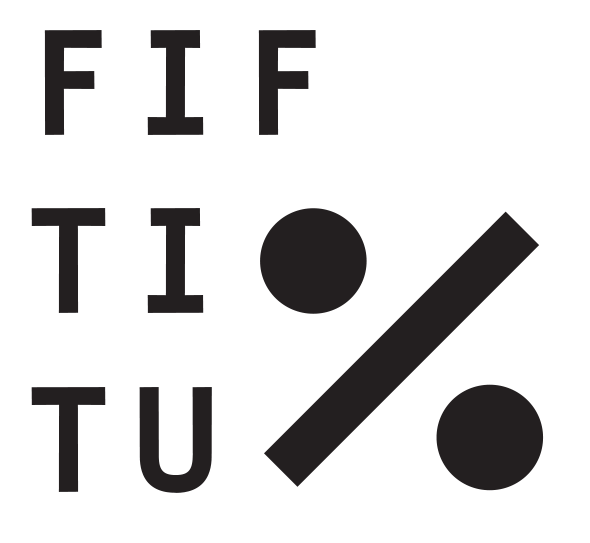Österreichischer Film Gender Report 2012-2016
Blatantly unequal gender relations in all areas of the Austrian film industry
The Austrian Film Institute and the Federal Chancellery commissioned the creation of a "Film Gender Report" in 2017 - not least due to our long-standing initiative - following a parliamentary motion for a resolution. The implementation was carried out by Ao. Prof. Dr. Eva Flicker and Lena Lisa Vogelmann, BA BA, from the Institute of Sociology at the University of Vienna. The key findings were presented on May 7, 2018.
Central results of the Film Gender Report 2012-2016
Short version of the Film Gender Report 2012-2016
Source: http://www.fc-gloria.at
Julia Pühringer has summarized the most important results:
80% of production funding was awarded to projects with men in directing, producing or screenwriting roles, only 20% of funding went to projects with women in these roles.
In the case of script development, 72% of the ÖFI film funding budget was awarded to men and 28% to women, while 84% of the funding budget for the production of television films (regardless of film length) went to men and 16% to women.
Hefty: In the case of funding for the production of television series (regardless of overall length), 92% of the funding budget for 29 funded projects was allocated to men and 8% to women.
The tiresome budget: The highest funding amounts went exclusively to projects with a majority of male staff positions. Lower funding amounts went disproportionately often to projects with a high proportion of women.
The majority of project funding decisions at ÖFI were made by men. Less than a quarter of the supervisory board were women.
Gender ratio in the funding of feature films: 66% men and 34% women, distribution of fees, however, 71% and 29%. So: 1/4 of all directors were women, but only received 1/5 of the fees.
The lower the proportion of women in the staff positions, the lower the proportion of women in the leading roles - and vice versa.
Only 14% of all films were realized by a majority of female film teams, only one film (#Maikäferflieg <3) was realized with over 75% women in the staff positions. 22% of all film teams consisted mainly of men.
75% of the feature films released in cinemas in 2012-2016 were directed by men. 21% were directed by women, 4% by directing teams consisting of women and men.
Films by female directors had - surprise;-) - a higher proportion of women in the other staff positions (48%) than films by directors (34%).
Films by teams with a high proportion of women portray both female and male characters in a more differentiated way than those with a high proportion of men.
The main characters in Austrian feature films 2012-2016 were 55% male and 45% female. The attractiveness of female characters was three times more often a topic of conversation in the films than that of male characters.
Two thirds of the festival program directors were women. The gender ratio is reversed among the festival directors: The top management level was only 39% female.
Also interesting: 80% of the chairs of the competition juries at the film festivals were men and 20% were women. The competition juries were made up of 56% men and 44% women.
Also: The proportion of films by female directors receiving awards increases as the proportion of women on the competition jury rises. Nonanet.
Something else exciting about the Film Academy:
In 2016, the examination committee for directing had ...
... a proportion of women of 0% for examination parts 1-3 and
... a proportion of women of 10% for examination part 4.
44% female students were taught by
30% female lecturers and
10% female professors.
And the quote from Josef Hader on the #ÖFilmGenderReport promised earlier:
"It's not about promoting films just because they are made by women. It's about eliminating a clear structural disadvantage for women on funding committees, film juries and in terms of pay. That's why I'm in favor of a 50-50 quota in the Austrian funding bodies, then we can talk about the freedom of art again."
Quelle: Julia Pühringer
Image: Source: https://thegap.at/film-gender-report-frauen-im-oesterreichischen-film/

